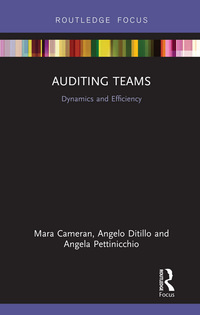Answered step by step
Verified Expert Solution
Question
1 Approved Answer
Old MathJax webview . C3 a. 10 potential equity shares that are issuable upon the satisfaction of certain conditions (contingently issuable potential equity shares). Options
Old MathJax webview

.
C3 a. 10 potential equity shares that are issuable upon the satisfaction of certain conditions (contingently issuable potential equity shares). Options and other share purchase arrangements are dilutive when they would result in the issue of equity shares for less than fair value. The amount of the dilution is fair value less the issue price. Therefore, in order to calculate diluted earnings per share, each such arrangement is treated as consisting of: A contract to issue a certain number of equity shares at their average fair value during the period. The shares to be so issued are fairly priced and are assumed to be neither dilutive nor anti-dilutive. They are ignored in the computation of diluted earnings per share, and b. A contract to issue the remaining equity shares for no consideration. Such equity shares generate no proceeds and have no effect on the net profit attributable to equity shares outstanding. Therefore, such shares are dilutive and are added to the number of equity shares outstanding in the computation of diluted earnings per share. Potential equity shares are anti-dilutive when their conversion to equity shares would increase earnings per share from continuing ordinary activities or decrease loss per share from continuing ordinary activities. The effects of anti-dilutive potential equity shares are ignored in calculating diluted earnings per share. In order to maximise the dilution of basic earnings per share, each issue or series of potential equity shares is considered in sequence from the most dilutive to the least dilutive. For the purpose of determining the sequence from most dilutive to least dilutive potential equity shares, the earnings per incremental potential equity share is calculated. Where the earnings per incremental share is the least, the potential equity share is considered most dilutive and vice-versa. Illustration: Net profit for the current year Rs. 1,00,00,000 No. of equity shares outstanding 50,00,000 Basic earnings per share Rs. 2.00 No. of 12% convertible debentures of Rs. 100 each 1,00,000 Each debenture is convertible into 10 equity shares Interest expense for the current year Rs. 12,00.000 Tax relating to interest expense (30%) Rs. 3,60,000 Compute Diluted Earnings Per ShareStep by Step Solution
There are 3 Steps involved in it
Step: 1

Get Instant Access to Expert-Tailored Solutions
See step-by-step solutions with expert insights and AI powered tools for academic success
Step: 2

Step: 3

Ace Your Homework with AI
Get the answers you need in no time with our AI-driven, step-by-step assistance
Get Started


